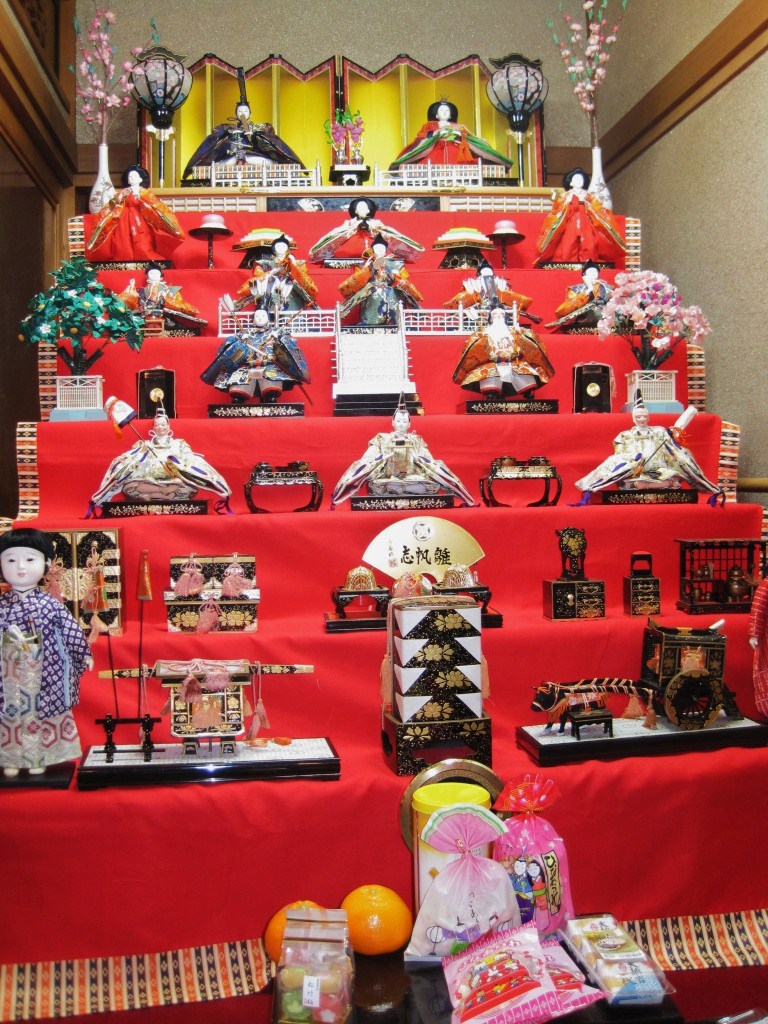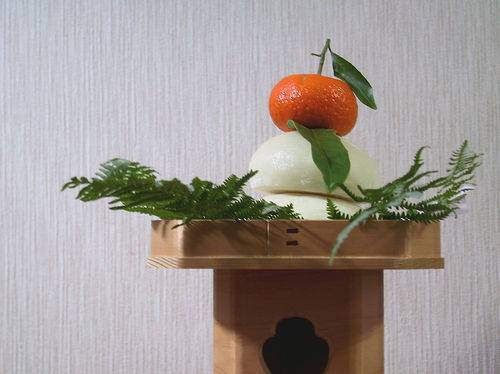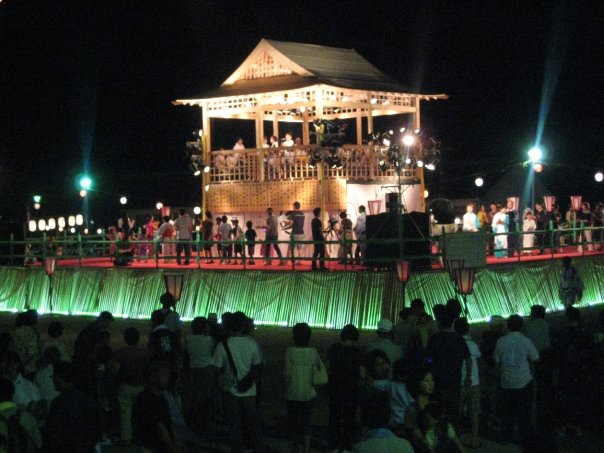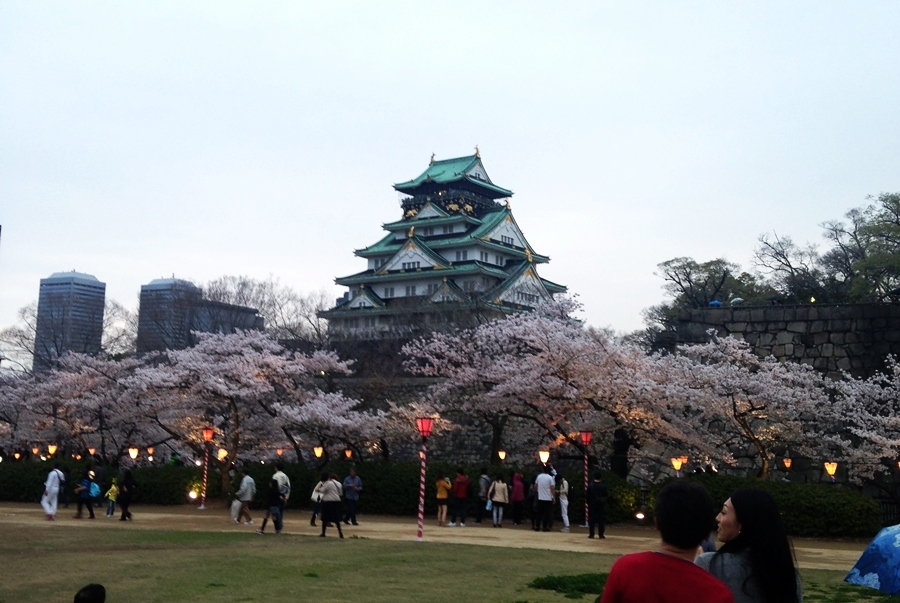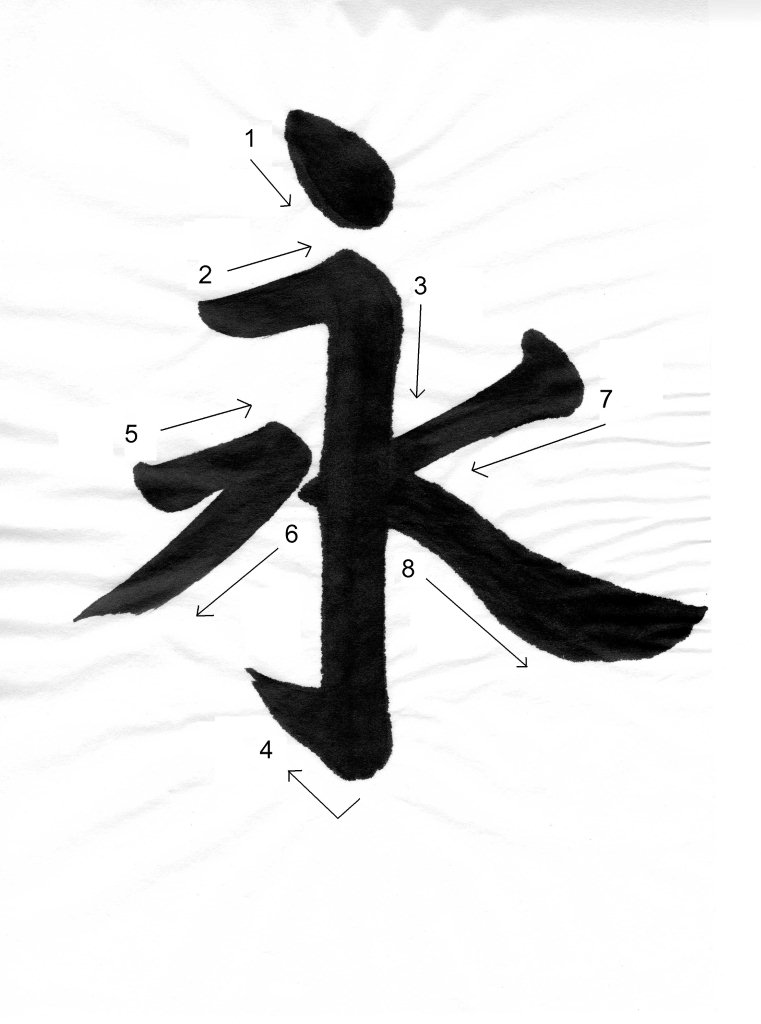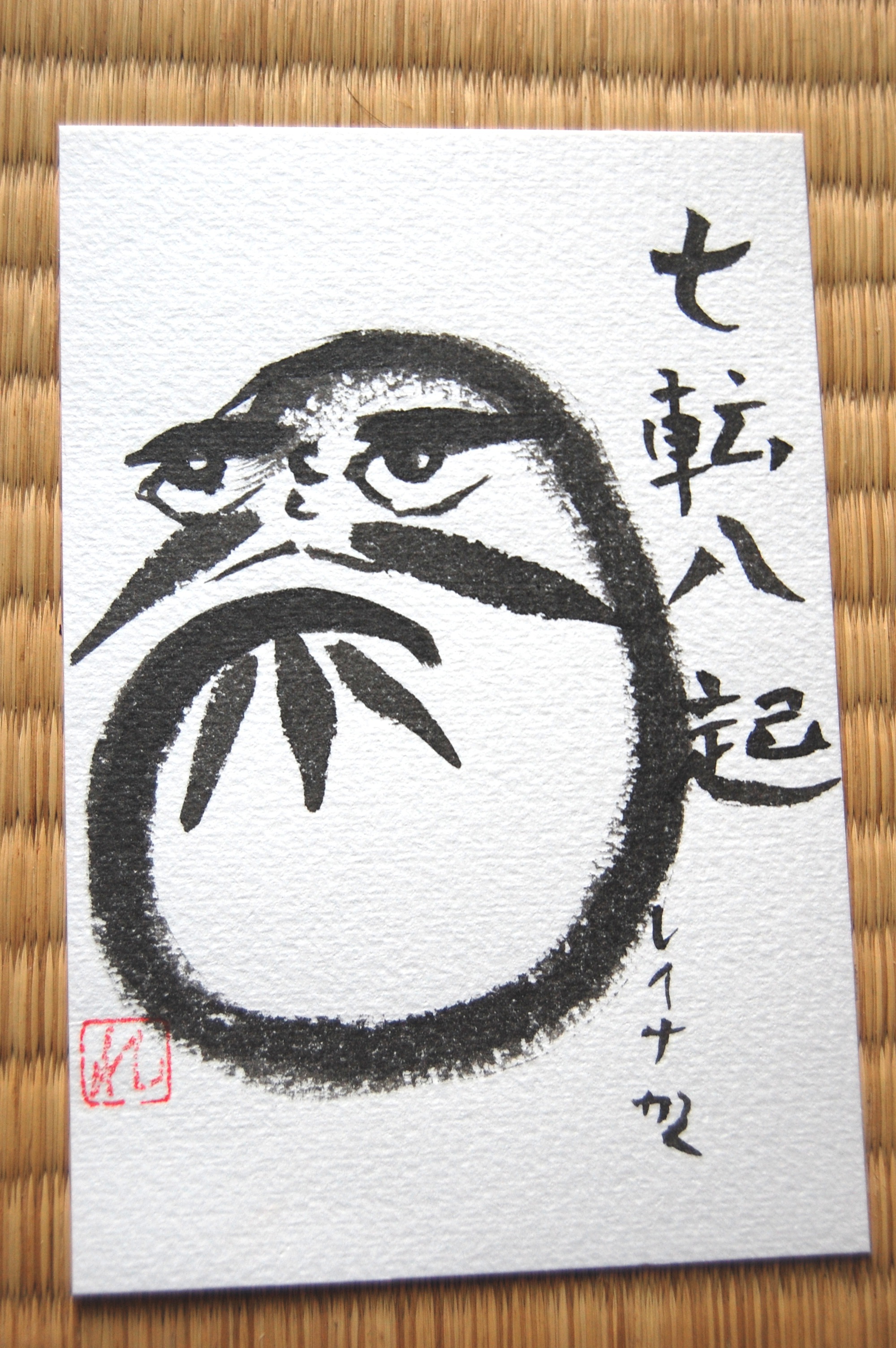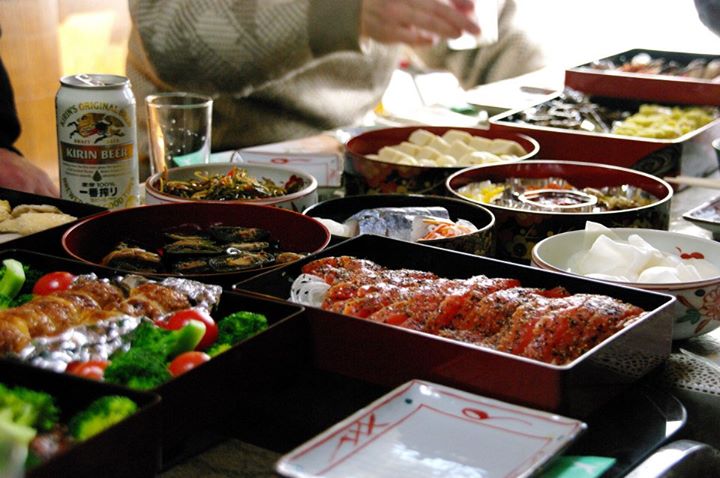A Hinamatsuri Visit
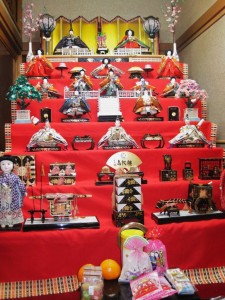 One night a few weeks ago, my fellow Ichikawa ALT Katrina and I drove a few blocks from our apartment building and met with a secretary from one of our elementary schools, Namba-sensei, who had invited us to her home for a special treat. It was dark that evening, and chilly, as we walked up to the front door of the big, traditional Japanese house and slid the door open. We were greeted by warmth, soft light, and a wonderful picture: a beautiful hinamatsuri display vivid with reds and golds, taller than my (160 cm) head. The display was set up on miniature bleachers draped in red cloth, and took up most of the entryway.
One night a few weeks ago, my fellow Ichikawa ALT Katrina and I drove a few blocks from our apartment building and met with a secretary from one of our elementary schools, Namba-sensei, who had invited us to her home for a special treat. It was dark that evening, and chilly, as we walked up to the front door of the big, traditional Japanese house and slid the door open. We were greeted by warmth, soft light, and a wonderful picture: a beautiful hinamatsuri display vivid with reds and golds, taller than my (160 cm) head. The display was set up on miniature bleachers draped in red cloth, and took up most of the entryway.
We took off our shoes and settled in front of the display as our hostess joined us, and she encouraged us to get out our cameras and take pictures. We did so, taking the time to admire the miniature furniture, and of course the elaborate dolls wearing Heian Era clothes and clutching various accoutrements in their hands. The whole thing was quite exquisite, from the Emperor and Empress sitting at the top, to the three ladies-in-waiting, the five musicians, the two guards holding their weapons, and the three court ministers. Each doll was done in great detail, from the Empress’s twelve layers of the kimono to the musicians’ instruments. The guards, one young and one old, each carried an unstrung bow and wore a quiver of arrows on their backs, and bore swords that could be drawn at their waists. The surrounding furniture, with tiny tea implements and mirror, and the miniature ox-cart, were also beautiful.
After admiring the display for a few minutes, Namba-sensei and her husband invited us into the front room, offering tea and snacks. Sweet anko was accompanied by a cup of sakura tea: hot water with a single sakura blossom and stem soaking in it. It’s an interesting tea, staring out with a very delicate flavor that becomes bitter and almost salty the longer the flower steeps. We drank and ate and chatted, and our hosts even pulled some of the dolls down from the display and brought them to the table so that we could look at them more closely. The detail was really amazing.
Namba-sensei then explained that this would be the last year they would set up the hinamatsuri display, because their daughter was getting married in a few weeks, and of course this is a festival for unmarried girls. Although we won’t be able to see the dolls next year, the upcoming wedding did give us an opportunity to see something of Japanese nuptial traditions. In the room next to the one we were sitting in (both were traditionaltatami rooms), there was a pre-wedding display set up on a cloth spread over the floor. It involved three trees fashioned by twisting and looping thick, metallic threads together: a pine tree, a peach tree and a bamboo, which all were symbols of good luck. There was also a crane and a turtle fashioned out of the same material. There was a place for cards brought by well-wishers, and at the center was another pair of dolls depicting an old man and an old woman holding traditional farming and household tools. This, our hosts explained, is meant to ensure that the married couple will have a long, happy marriage and grow old together. Indeed, the elderly dolls from their own wedding were still neatly preserved inside a small glass case in another corner of the room. After admiring the wedding display, we finished our snacks and then got ready to head home.
Thus, our visit turned into an educational evening about some absorbing Japanese traditions. I’m very grateful that we got to go and see both of these traditional displays, since they were both very beautiful. For those wanting to see some large, elaborate hinamatsuri displays, the Japan Toy Museum in Kodera (on the Bantan line north of Himeji ) currently has an entire room devoted to them. The displays in the exhibit hail from several different eras of Japanese history, and it is fascinating to see how the styles change with the years. The doll exhibition will (I believe) be open until May, and I highly recommend it to anyone curious about such things; the rest of the Toy Museum is very interesting as well.
